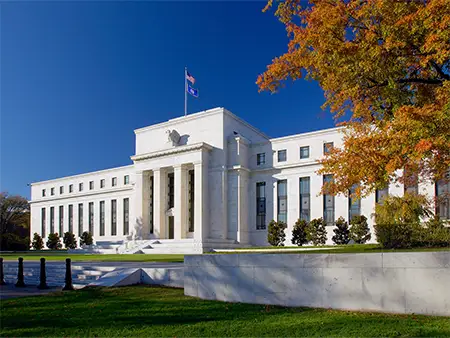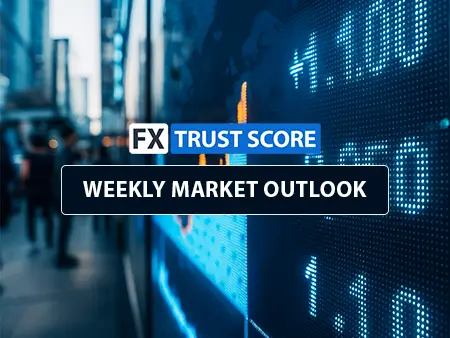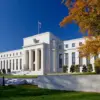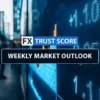U.S – China trade tensions stole the spotlight as global finance leaders met at the IMF and World Bank. With tariffs and export controls back on the agenda, politics test the world’s fragile economic stability.
The world’s leading finance ministers, central bankers and economic policymakers gathered this week for the IMF and World Bank annual meetings, hoping to discuss cooperation, growth and global recovery. Yet, politics stole the spotlight.
Just as markets were looking for calm, the United States and China reignited their trade dispute, dampening optimism and fuelling concern about another round of economic uncertainty.
U.S – China Trade War Threatens Global Growth
The renewed tension began when Washington signalled its intent to reassess tariffs on Chinese goods, citing national security and competiton concerns. Beijing quickly countered, hinting at possible export restrictions on materials crucial to electric vehicles, semiconductors and renewable energy.
The timing is delicate. With global growth slowing and inflation still elevated, even modest trade barriers could strain currently fragile supply chains. Both sides insist they want “fair competition”.
Financial Markets React
Investors responded cautiously and Asian and European stock markets opened mixed, while U.S. futures drifted lower. The U.S dollar (USD) strengthened slightly as traders looked for safety and gold held near record highs above $4,000.
Analysts have noted that markets are reacting to uncertainty rather than panic. Both governments appear more aware of the fragile post-pandemic recovery, but renewed trade headlines could still disrupt investor sentiment and business confidence in the weeks ahead.
Geopolitics Overshadows IMF and World Bank Meetings
The annual IMF and World Bank meetings were meant to focus on sustainable development, debt relief and climate finance. Instead, geopolitics took centre stage.
European leaders voiced fears that trade protectionism could derail investment flows, while emerging markets warned of currency volatility and commodity shocks. As one IMF economist remarked, “Every time the world edges towards stability, another trade dispute drags us backwards.”
Technology Rivalry Deepens Between Washington and Beijing
This latest confrontation is not just about tariffs; it appears that it is about technological dominance. The United States has tightened restrictions on China’s access to advanced semiconductors and artificial intelligence, while China has reinforced controls on rare earth exports and key industrial minerals.
This tech-driven rivalry highlights a broader battle for economic influence that may shape trade policy for years. Businesses worldwide are now assessing how to diversify supply chains and reduce reliance on either side.
Can Diplomacy Calm the Markets?
As the IMF and World Bank meetings conclude, policymakers face a familiar balancing act; protecting national interests whilst maintaining global cooperation. The hope is that cooler heads will prevail before trade tensions evolve into another damaging tariff cycle.
For now, the U.S – China trade standoff is a stark reminder that economic policy and geopolitics remain inseparable. Each move made by either side reverberates across currencies, commodities and investor sentiment.
Read more insights and market news produced by FX Trust Score.
New to forex trading? Our Beginner’s Guide to Forex explains how the market works, key strategies and what drives currency movements – a perfect foundation before diving into our latest market updates.






